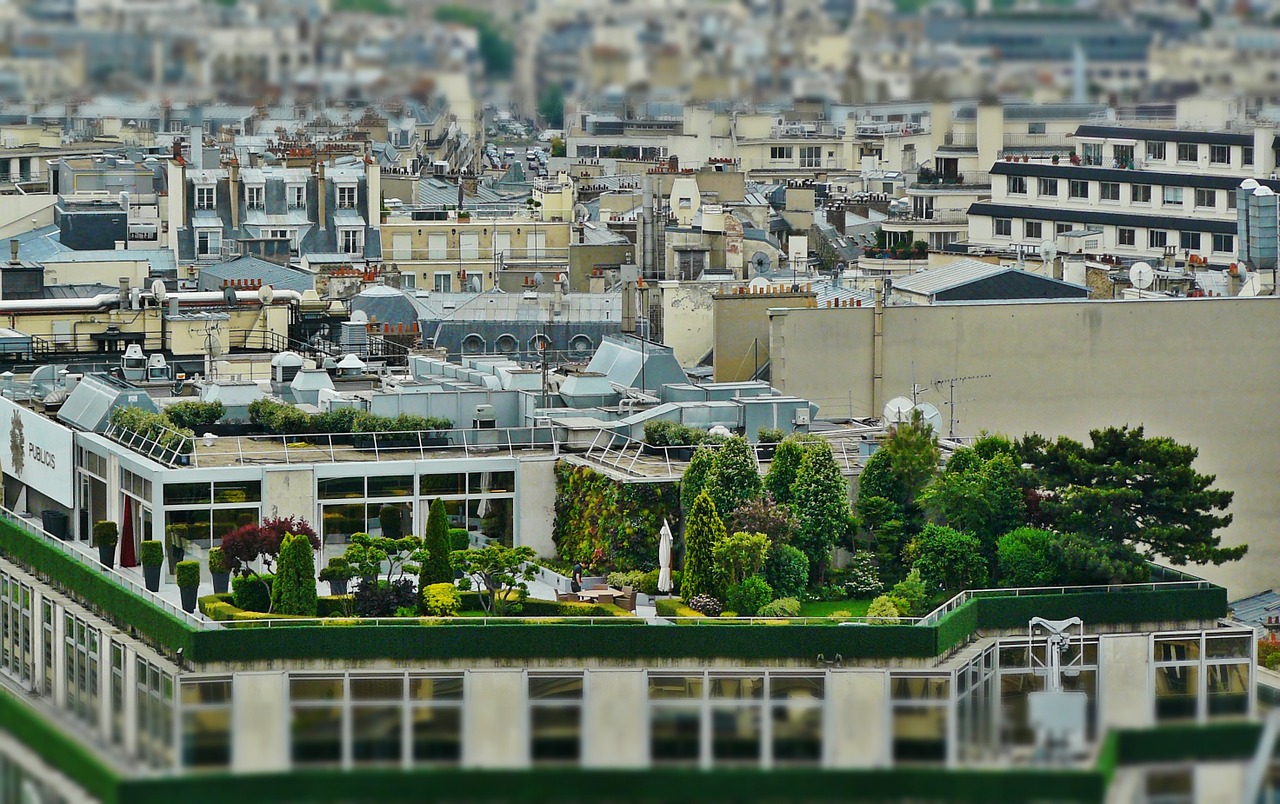In the quest for sustainability and making the most of limited living spaces, green roofs have surged in popularity. These verdant coverings not only enhance the aesthetic appeal of buildings but also contribute significantly to urban biodiversity, insulation, and the management of rainwater. If you’re considering investing in this green trend, it’s crucial to understand the intricacies involved, including the types of green roofs available, their construction, and the associated costs.

Understanding the types of green roofs
Green roofs can broadly be categorized into two types: extensive and intensive.
Extensive green roofs are characterized by their low maintenance requirements and the growth of herbs, mosses, and succulents. These roofs are lighter and impose less structural demand on a building.
Intensive green roofs, on the other hand, are more labor and maintenance-intensive. They can support a wider variety of plants, including bushes, trees, and flowers. This type of green roof requires a robust structural foundation due to the added weight and complexity of the ecosystem it supports.
The layered structure of green roofs
Creating a high-quality green roof involves the installation of several critical layers:
- Absorbent layer: This layer plays a vital role in water management, absorbing rainwater and providing moisture to the plants. It can be made from organic substrates like peat or mineral substrates like crushed stone.
- Drainage layer: To prevent water infiltration into the building, a drainage layer is essential. It protects the structure by reducing the risk of water damage and rot.
- Filter layer: This layer prevents debris from clogging the drainage system and keeps roots from penetrating the waterproof membrane.
For optimal roof protection, the number of layers can increase to five, ensuring that your green roof remains functional and durable over time.
Cost factors: size matters
It’s self-evident that the larger the roof, the higher the cost. An extensive green roof might cost around €80 per square meter, while an intensive green roof can go up to €200 per square meter. If you’re dealing with a large area, seeking a discount is advisable to keep the project affordable.
DIY or professional installation?
If you have a green thumb, tackling an extensive green roof project on your own might be tempting. However, for peace of mind and ensuring the longevity of your roof, hiring a professional is recommended, especially for intensive green roofs.
Potential subsidies for green roofs
It’s worth checking with your local municipality for any available subsidies for green roof installation. Some local governments offer up to €30 per square meter in subsidies, making the investment more attainable for homeowners.
The benefits of going green
Beyond the aesthetic appeal, green roofs offer numerous environmental benefits. They provide additional insulation, reduce the urban heat island effect, and enhance biodiversity in urban areas. Moreover, they manage rainwater effectively, reducing runoff and the strain on sewage systems.
Conclusion: investing in a greener future
While the initial cost of installing a green roof may seem daunting, the long-term benefits—both environmental and financial—make it a worthwhile investment. By understanding the types of green roofs, their construction requirements, and the associated costs, homeowners can make informed decisions that contribute to a more sustainable and eco-friendly living space. With the potential for subsidies and the added value to your property, a green roof is more than just a trend; it’s a step toward a greener, more sustainable future.
In summary, embracing a green roof for your home or building is not only an investment in your property’s value and aesthetics but also a commitment to environmental sustainability. As cities become more congested and green spaces scarcer, green roofs offer a vital solution for enhancing urban life, supporting ecosystems, and combating climate change. The journey towards greener living spaces begins with each individual decision to make our homes part of the solution to environmental challenges.

 Open Immovlan
Open Immovlan